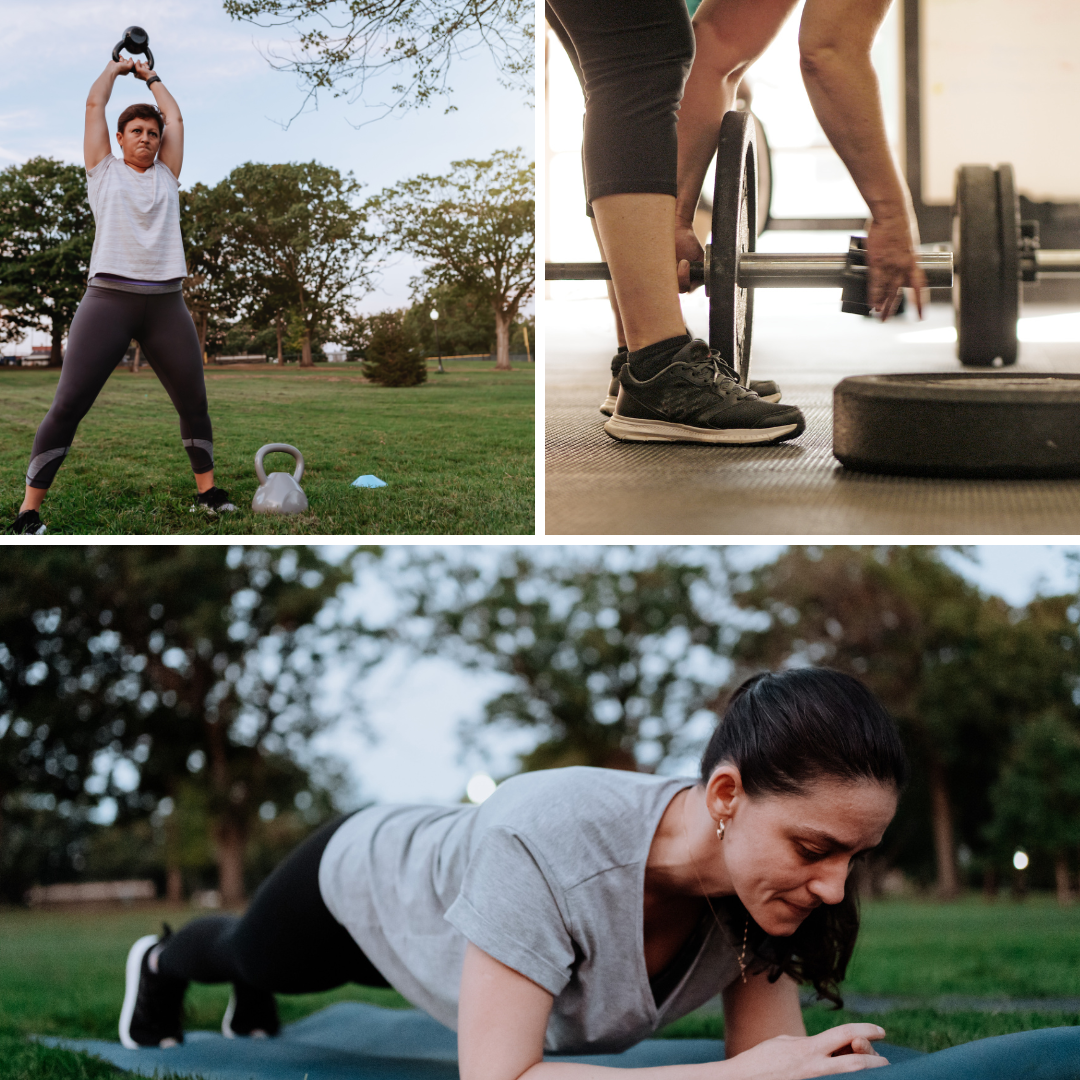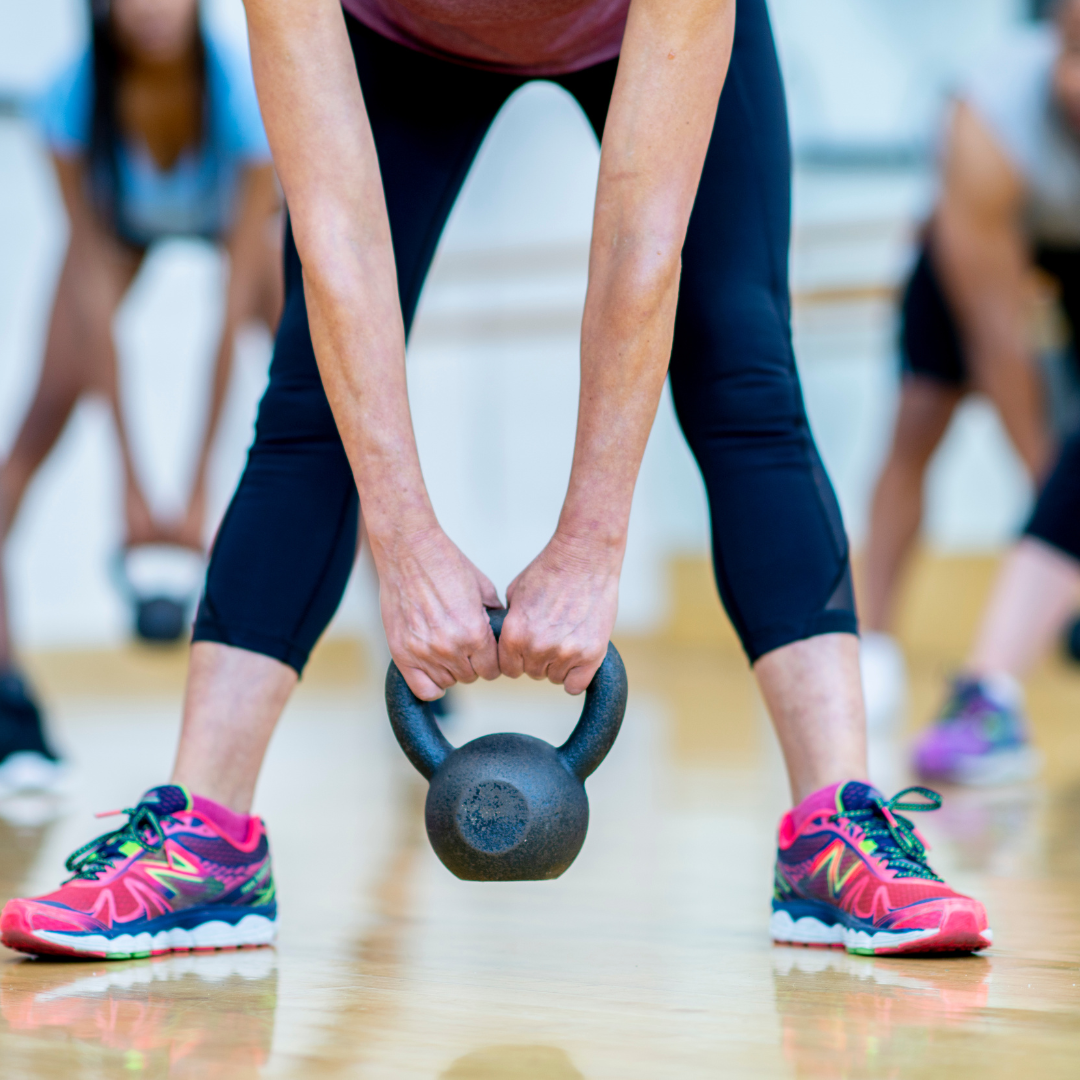Unlocking the Secrets to Aging Gracefully
Aging is inevitable, but it doesn't mean we must passively accept its effects. This comprehensive blog post explores the power of functional training in defying the physiological challenges of aging. Functional training is vital in preserving youthful vitality.
Discover how functional training can defy the physiological challenges of aging. Explore what functional training is and why it's crucial for preserving vitality as you age. Whether you're new to muscle fitness or looking to enhance your current routine, this comprehensive guide provides valuable insights into aging gracefully.
Expert or Quack? Recognizing the real health, nutrition, exercise, and wellness experts
There is a proliferation of ‘experts’ on social media who claim to have a magic or singular approach for dieting, weight loss, quick fitness gains, and overall health. It’s challenging to tell the difference between an expert and someone only interested in selling something. How do you know what works and what is just the latest fad?
Here are tips to help you weed out the “wellness” imposters from your social media feed.
Eleven Reasons Strength Training in Midlife Improves Health
Strength training is one of the cornerstone things women can do to improve their healthspan to live vibrantly and energetically for as long as possible. As we age, the body declines first, then disease begins. The best way to offset illness is to prevent the body from deteriorating. And the best way to do that is to maintain muscle mass.
Why Physical Activity is Important as We Age
Physical Activity is one of the most important things we can do for our overall health. Research shows middle-aged and older adults spend an average of 8.5 to 10.5 hours a day sedentary. Use these easy tips to get more physical activity throughout the day.
The Key to Getting Fit After 50
What exactly is the difference between being physically active and exercising? Which is better for us for a sustainable lifestyle approach as we age?
Most of us have been told over the years that we need to participate in structured fitness programs - mainly cardiovascular or aerobic. For many, that means attending a class, getting on a cardio machine, running, or biking.
The truth is, physical activity and fitness aren’t all-or-nothing propositions. And doing one doesn’t negate the benefit of the other. The real trick is to find ways to incorporate physical activity throughout our day, every day, with or without a regular exercise routine.
Discover Eight Motivating Ideas to Help You to Move More and Sit Less During Midlife
As we age, we tend to get less and less physical activity and exercise. And, most of us know that exercising and being physically active has health benefits.
Research shows that adults who weren’t active until later in life - after 50 - have an almost equal reduction in risk for disease and early death than adults who were always active.
Continue your active lifestyle if you already have a routine, but remember it’s never too late to start being active or exercising. Making changes, no matter your age, can help add quality years to your life!
Go Inward: Find Calm in Chaos
Meditation benefits aren’t just a theory. The benefits manifest in practice. Invite the healing prana, that healing breath, into every cell of your being while you practice. Your mantra is the sound of the breath going in and out through the nose. Our practice isn’t done, the more you begin to be still with yourself and move, you will intuitively begin to trust yourself.
Don’t miss a blog post - sign up for the Rumblings emails to receive posts delivered straight to you email inbox!







